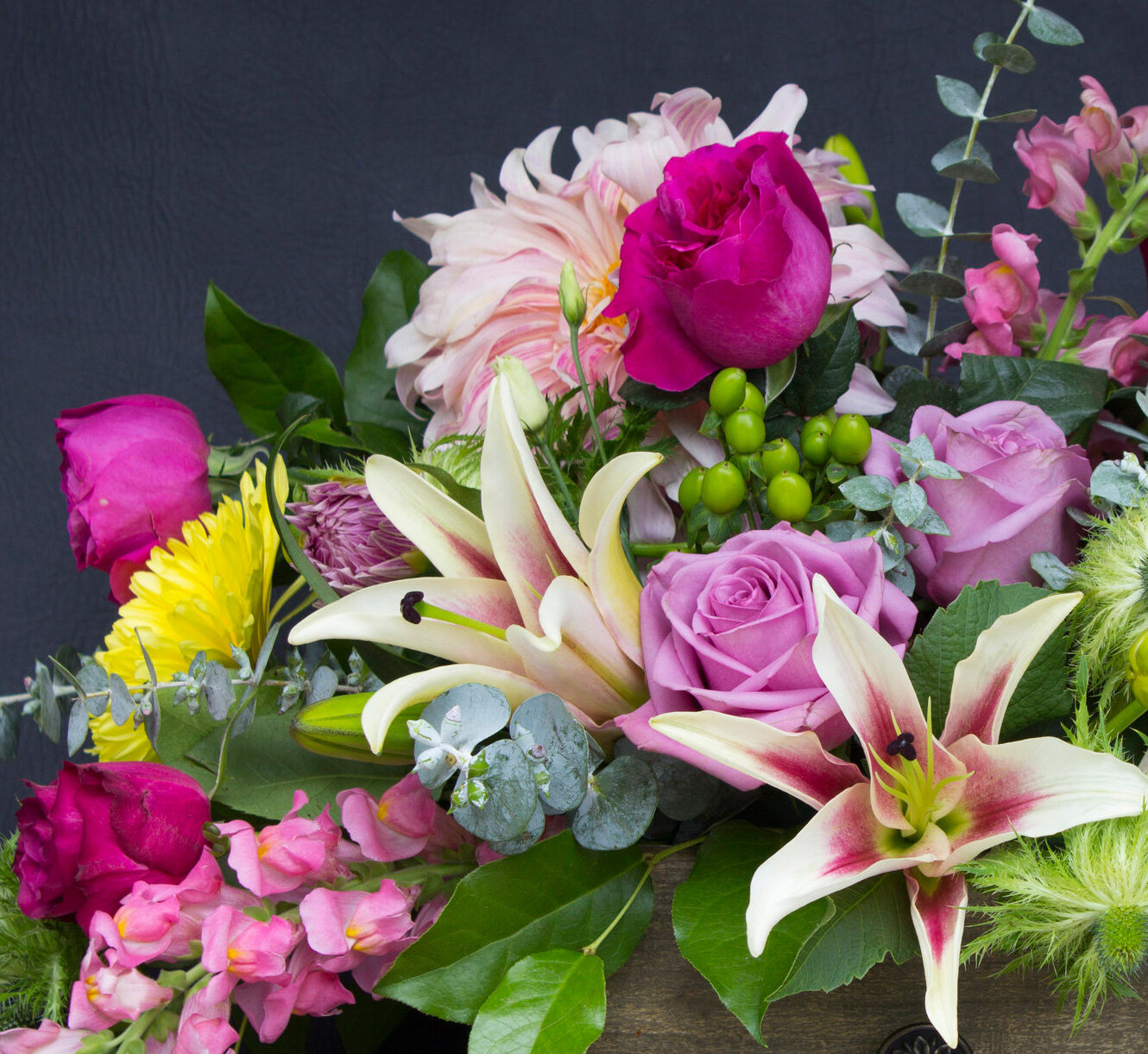Choose florist lockhart for personalized bouquets and floral arrangements.
Choose florist lockhart for personalized bouquets and floral arrangements.
Blog Article
Discover the Art of Floral Layout: Tips From Professional Florists
Floral design is not just an aesthetic venture; it is a nuanced art kind based in principles such as equilibrium, proportion, and comparison. Professional flower designers supply vital understandings right into picking the appropriate blossoms customized to details events, making sure that each plan resonates with its desired message.
Understanding Floral Style Principles
Usually overlooked by amateur florists, understanding the essential principles of flower layout is essential for producing aesthetically enticing arrangements (florist lockhart). These principles function as the foundation whereupon successful flower compositions are constructed, ensuring consistency and balance in each production
Equilibrium refers to the distribution of visual weight within a setup, which can be balanced or asymmetrical. Comparison, attained via differing shades, shapes, and appearances, adds interest and depth to the design.

Rhythm overviews the viewer's eye with the arrangement, typically completed by repeating shapes or colors. Last but not least, unity makes sure that all parts of the style collaborate cohesively, creating a sense of completeness. By grasping these concepts, floral designers can raise their job, transforming basic bouquets into spectacular visual statements.
Ultimately, a strong grasp of these flower design concepts not just improves creativity but additionally cultivates a deeper gratitude for the creativity included in floral plans (florist lockhart). Through method and application, newbie florists can develop their abilities and develop unforgettable layouts
Selecting the Right Flowers
Choosing the proper blossoms is a vital action in the floral layout process, directly influencing the total visual and effectiveness of the plan. To begin, think about the celebration; different occasions ask for unique flower types. For instance, charming settings may take advantage of roses, while pleasant celebrations could suit sunflowers or gerbera sissies.
Following, examine the color palette. Harmonious shades can evoke details emotions and boost the aesthetic allure. Make use of a shade wheel to recognize corresponding or similar shade plans that can develop a natural look. In addition, consider the period; seasonal blossoms not just make sure quality but additionally frequently come at a lower price, making them a sensible option.
An additional essential factor is the desired long life of the plan. By thoughtfully choosing flowers, you can produce arrangements that resonate with their intended objective and audience.
Techniques for Plan

One more reliable technique is the "line design," which emphasizes the all-natural lines and shapes of the flowers. By utilizing long-stemmed blossoms, developers can create a sense of activity and flow in the setup, drawing the eye along the lines produced by the stems. In addition, including differing heights in the setup includes deepness and interest, enabling the customer to discover the item from different angles.
This method can evoke particular feelings and set the mood of the arrangement. Don't neglect the relevance of unfavorable space; leaving voids within the setup permits for breathing area, boosting the general aesthetic and protecting against congestion.

Seasonal Floral Inspirations
Integrating seasonal elements into flower layouts can greatly improve their appeal and importance. By aligning floral plans with the altering seasons, flower designers can stimulate particular moods, styles, and colors that reverberate with clients and the atmosphere. Each period uses an unique combination of blossoms and foliage that enables creative thinking and motivation.
Fall's abundant tones can be captured via dahlias, chrysanthemums, and ornamental lawns, creating warm, welcoming plans that reflect the harvest. Winter season uses a tranquil aesthetic with evergreens, amaryllis, and seasonal berries, excellent for evoking a feeling of peace and festivity.
Taking Care Of Your Arrangements
Looking after floral plans is important to keep their beauty and longevity. Proper treatment guarantees that your blossoms stay lively and fresh, boosting the visual charm of your area. Start by placing your arrangement in an amazing location, far from direct sunlight and drafts, as severe temperatures can cause wilting and discoloration.
Routinely examine the water degree in the flower holder, ensuring it suffices to cover the stems effectively. Change the water next every few days to stop microbial development, which can shorten the lifespan of your plan. When changing the water, trim the stems at an angle to promote far better water absorption. Remove any type of bent or browning leaves and flowers immediately to protect against degeneration from dispersing.
Additionally, take into consideration the type of flowers in your plan; some might call for details treatment. Avoid positioning your arrangements near ripening fruit, as ethylene gas can increase wilting.

Conclusion
Finally, understanding the art of flower design includes a comprehensive understanding of Resources fundamental principles, careful selection of flowers, and the application of efficient arrangement techniques. Seasonal motivations even more boost creativity, while proper care ensures that floral displays preserve their appeal and durability. By integrating these aspects, people can develop impactful plans that share feeling and offer their designated function, ultimately improving the experience of both the designer and the recipient.
Report this page